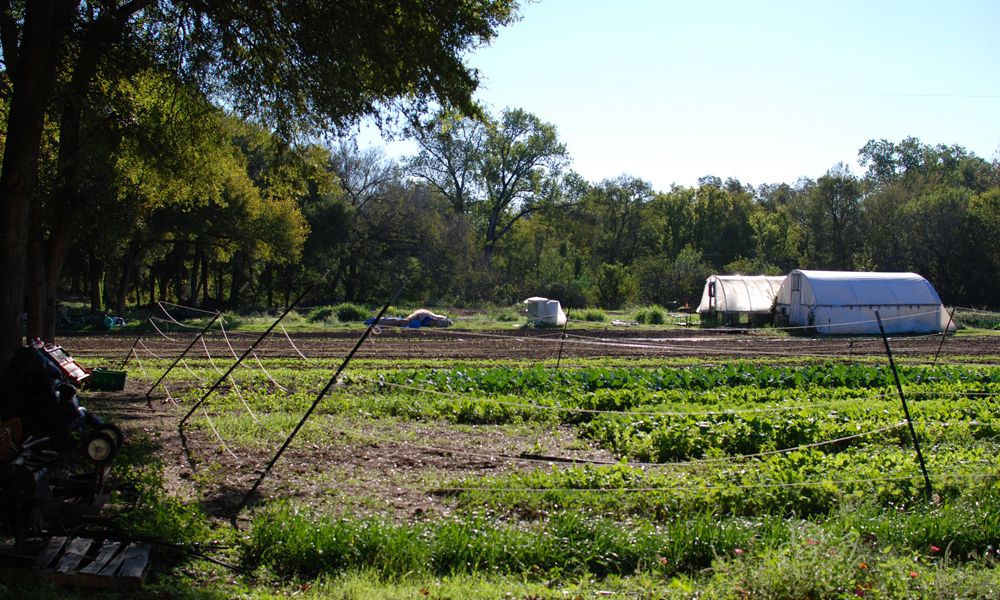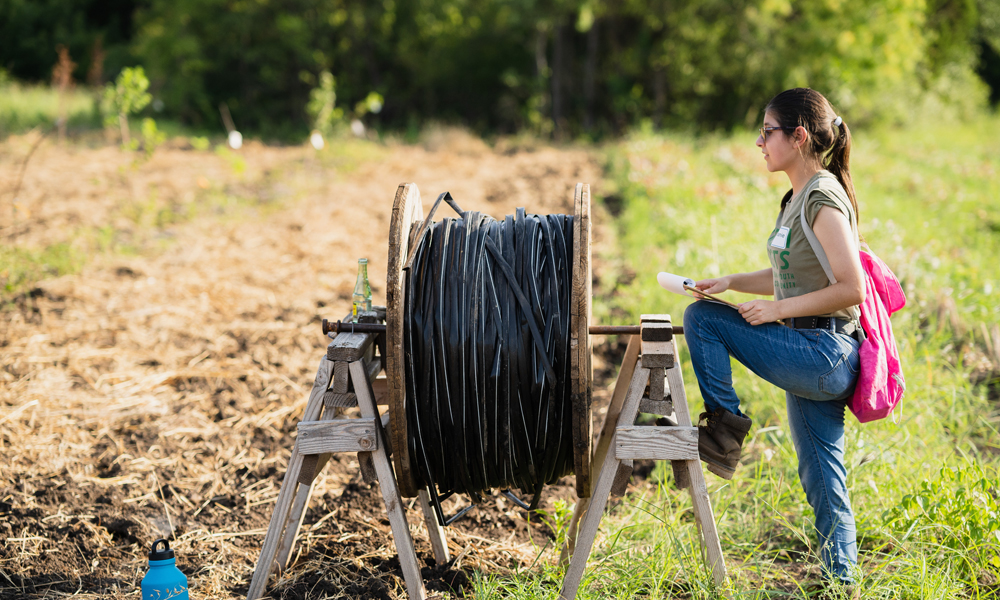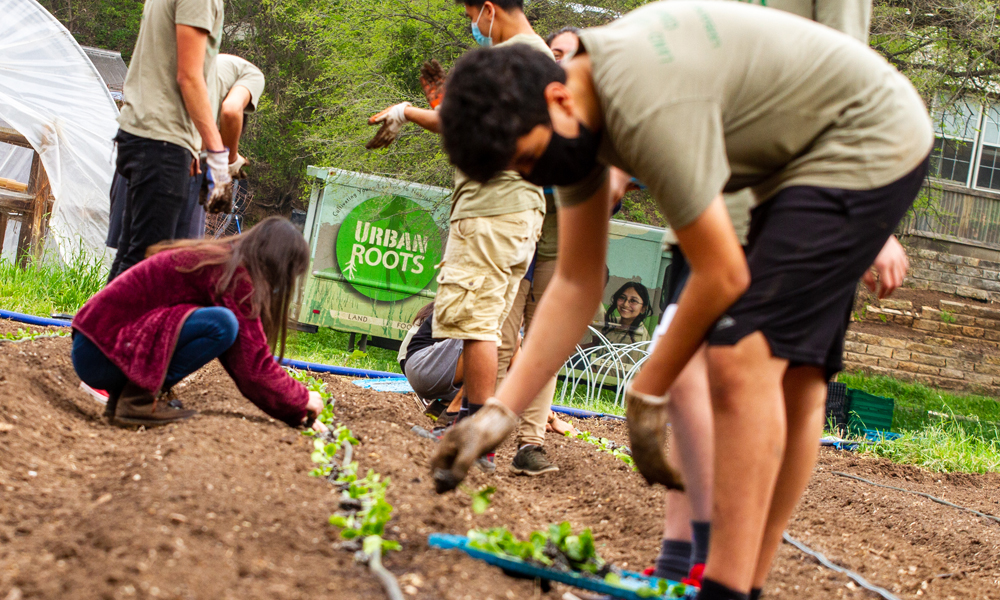An Austin nonprofit with farms on two plots of land working with young people to grow fruits and vegetables increased its production by 40% during the height of COVID with an “all-hands-on-deck” approach.
 Urban Roots is part of a growing movement of teaching farming skills to adults and youths who live in cities, helping them to learn to grow and produce their own food. Along the way, Urban Roots helped to feed Texans during the height of the pandemic who may have otherwise faced food insecurity.
Urban Roots is part of a growing movement of teaching farming skills to adults and youths who live in cities, helping them to learn to grow and produce their own food. Along the way, Urban Roots helped to feed Texans during the height of the pandemic who may have otherwise faced food insecurity.
The nonprofit, which operates a 3.5-acre farm in East Austin and a second site in South Austin, donated more than 20,000 pounds of fresh food to Austin hunger relief organizations during the pandemic after volunteers ramped up their support of the organization.
Go! Austin / Vamos! Austin was one of the organizations that helped get Urban Roots produce to those in need.
“It’s a great program, because … they’re getting local, fresh, organic vegetables that are seasonal that come directly to their doorsteps” or distributed to them in the community, said Erica Reyes, food justice lead organizer for Go! Austin / Vamos! Austin.

Courtesy of Alison Klein/Urban Roots
Austin-based nonprofit Urban Roots operates a 3.5-acre farm in East Austin.
Urban Roots program staff pivoted to working on the farm more than 20 hours each week and a smaller crew of volunteers also helped, said Ian Hunter-Crawford, Urban Roots programs director.
“We also switched some of our production methods from our intentional, but less efficient, people-powered processes to using some more efficient tools,” he said. For example, the youth workers and volunteers used a mechanical seeder instead of sowing seeds by hand.
Interest in urban agriculture has increased sharply in the U.S. over the past decade. Many of the youth participating in Urban Roots are new to farming, though they may have some experience with gardening, said Ian Hunter-Crawford, program director.
“A lot of us have older family members who grew up on farms or have experience with agriculture and gardening,” he said. “But most of these [youth] don’t. There’s no requirement for them other than the age requirement.”
There was a renewed interest in local food during the beginning of the pandemic, Crawford-Hunter said, though he’s not sure for all the reasons why.
“I suspect, though, that lots of people were thinking about being more self-sufficient in new ways, being stuck in their homes and unable to depend on some of the public services we had taken for granted prior,” he said. “More generally, urban farming appeals to people who want to be more connected to their food system and who want to be part of changing it. More and more people are realizing that there are big problems in the way we grow, transport and buy our food, and are inspired to do something about it.”

Courtesy of Lauren Slusher/Urban Roots
An Urban Roots worker stands at one of the nonprofit’s farms.
Jeff Cervantes plans to enroll at Austin Community College to study agriculture. The 19-year-old has already learned about basic farming practices like crop rotation and made connections within the agriculture industry through Urban Roots.
Cervantes is about to complete Urban Roots’ Food and Leadership Fellowship, which teaches young adults agriculture techniques as well as professional development skills. Youth are paid for their time and spend a set amount of their days on the farmland.
“I specifically wanted to join [the program] because I get more knowledge on everything from farming to harvesting, processing, growing food, so connecting more to the land.”
Cervantes, who owns land in Bastrop, Texas, wants to run his own farm one day.
Unlike some urban farm programs which ask young people to work for free, Urban Roots pays their interns and fellows, with rates ranging from $7.50 to $12 per hour.
Since it began in 2008, the nonprofit has paid nearly $670,000 in stipends directly to 525 youth.
And Urban Roots participants have grown 380,000 pounds of produce, donating nearly half of it to hunger-relief organizations.
Cervantes said Urban Roots has also helped him open up more and become more engaged in the community.
“I’ve grown more comfortable just to be a leader in general,” he said.






























